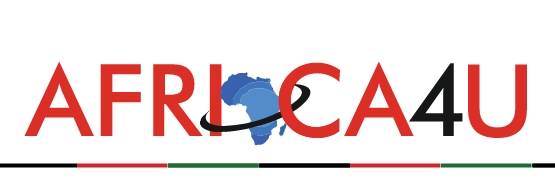(3 Minutes Read)
The world’s primary cocoa-producing region—West Africa—is bracing for another disappointing harvest, with fresh projections signaling a significant 10% drop in cocoa output for the 2025–2026 season. This anticipated decline comes on the heels of two successive years of subpar yields, and it persists even as rainfall in the region has marginally improved.
Ivory Coast and Ghana, along with Nigeria and Cameroon, collectively contribute more than two-thirds of the global cocoa supply. These nations have historically underpinned the international chocolate industry. However, they are now grappling with a host of long-term challenges: the growing impacts of climate change, the natural ageing of cocoa trees, crop diseases, and environmental degradation linked to illegal gold mining activities.
As the October cocoa season approaches, field inspectors known as “pod counters”—employed by exporters and major trading companies—have been evaluating the health of cocoa plantations. Initial optimism earlier this year, which predicted a 5% increase in output, has now given way to stark warnings of a 10% decline. Interviews with five pod counters and six exporters suggest that recent field data paints a much more pessimistic picture than previously expected.
In Ivory Coast, the world’s top cocoa producer responsible for over 40% of global supply, the June surveys revealed troubling results. High mortality rates among flowers and “cherelles” (the young pods that grow into cocoa fruit) indicate an underwhelming harvest ahead. One assessor reported that even with improved rainfall, flower and cherelle failures significantly exceeded expectations—early indicators of weak future yields.
Many cocoa trees across West Africa are nearing the end of their productive life. These older trees, combined with erratic rainfall patterns and rising temperatures, are becoming less capable of sustaining viable yields. This dynamic is making the region increasingly vulnerable to ongoing agricultural declines.
Ivory Coast is projected to produce around 1.6 million metric tons of cocoa this season—down sharply from over 2 million tons just five years ago. In Ghana, the situation is more dire. Once a one-million-ton powerhouse, Ghana’s cocoa output fell below 500,000 tons last season. Although the Ghana Cocoa Board has expressed hope for a modest recovery to 600,000 tons, independent estimates from the International Cocoa Organization suggest output may again fall closer to last year’s lows.
In the Ivory Coast, flower and cherelle mortality rates are currently 15% to 20% higher than initial forecasts, with no signs of improvement expected through July. “It’s not a total collapse, but it clearly indicates a negative trend,” one pod counter observed. Meanwhile, experts in Ghana caution that a swift return to previous production levels is unlikely. “There are simply too many systemic problems for a quick rebound,” noted one agricultural analyst.
The ongoing supply challenges in West Africa have already contributed to sharp increases in global cocoa prices over the past two years. Although markets saw some stabilization, this latest downturn could reignite volatility and push confectionery prices even higher.
Other producers in the region, such as Nigeria and Cameroon, are facing their own hurdles. These include poor infrastructure, persistent crop diseases, and worsening climate conditions—making it improbable that they can compensate for production losses in Ghana and Ivory Coast.
Read Also;
With worldwide demand for chocolate still growing, the combination of weak harvests, ageing farms, and structural decline is triggering alarm across the cocoa industry. Unless immediate investments are made in climate adaptation, agricultural research, and large-scale replanting programs, the sector may soon shift from a state of abundance to one defined by scarcity.
The full seasonal outlook is expected by August or September, but early data suggests difficult times ahead. Without intervention, the world could face rising chocolate prices, while West African farmers shoulder the burden of a deeply stressed and inequitable supply chain.





